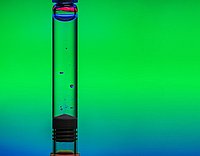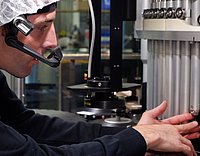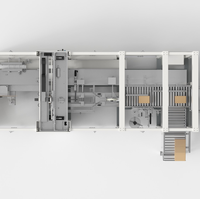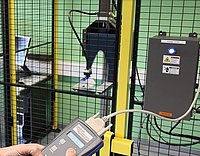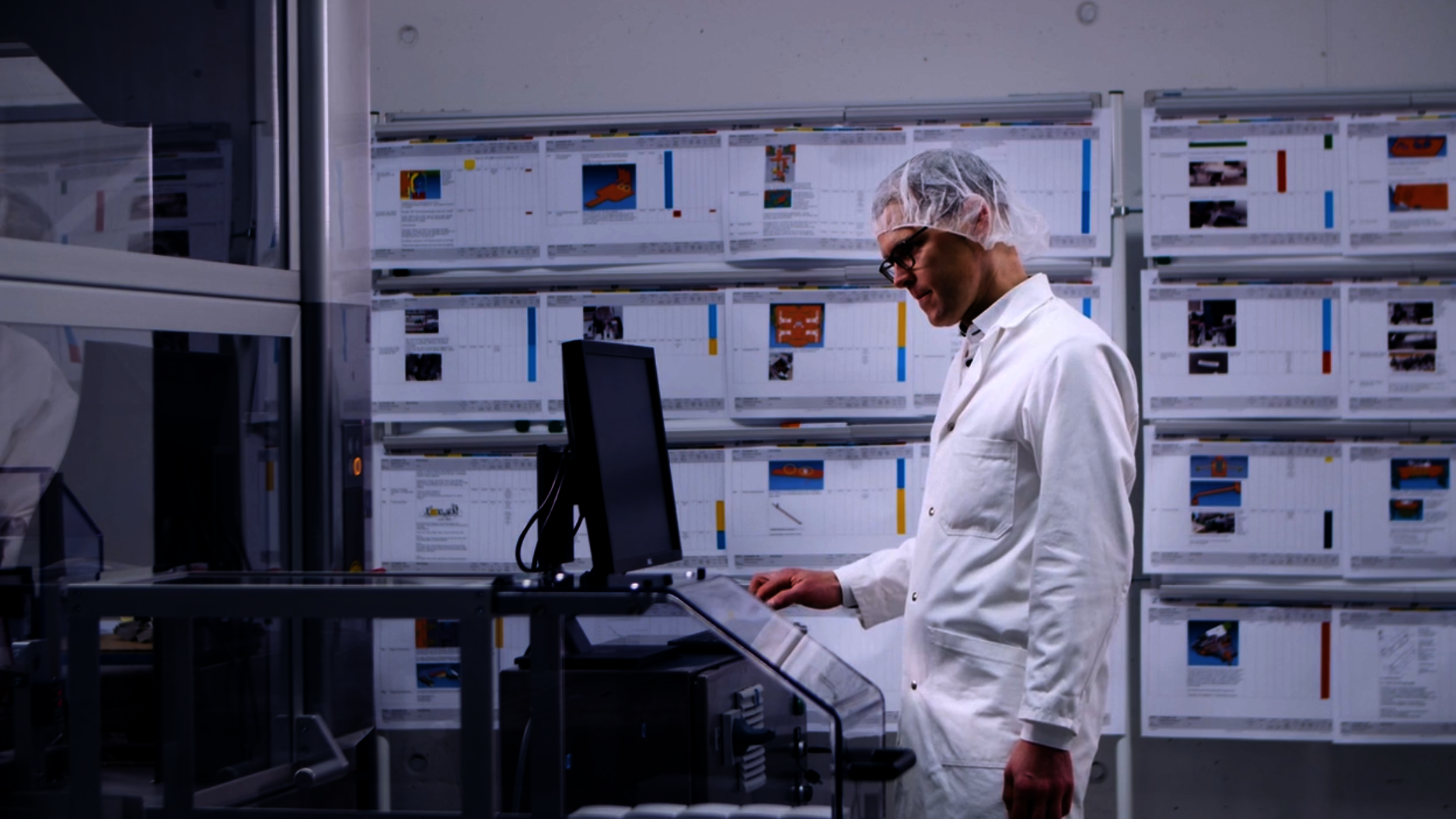Future trends in blister packaging
The future of blister packaging is driven by innovations in technology and sustainability. Several trends are shaping the next generation of pharmaceutical packaging:
Smart blister packaging: The integration of QR codes, NFC (Near Field Communication), and RFID tags enables real-time tracking and patient adherence monitoring.
Eco-friendly materials: With the growing demand for sustainable packaging, companies are developing biodegradable plastics and paper-based blister packs to reduce environmental impact.
Automation & AI integration: Advanced robotic blister packaging machines are improving efficiency, while AI-driven quality control systems detect defects with greater precision.
Regulatory compliance & serialization: Pharmaceutical companies are adopting advanced anti-counterfeiting measures, such as blockchain-based traceability, to comply with global regulations.
These advancements are shaping a more efficient, sustainable, and secure blister packaging landscape.



